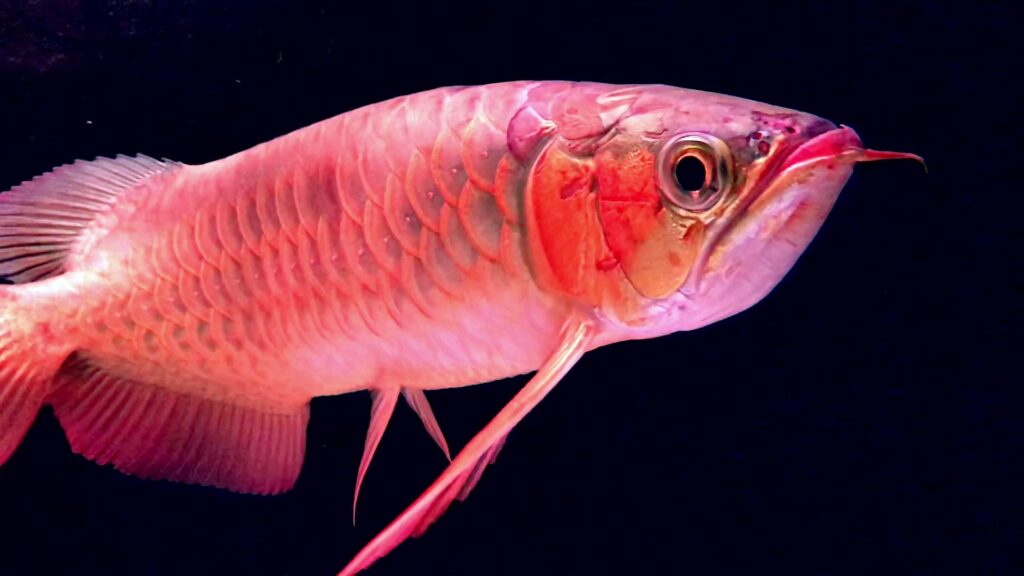‘I Choose Saving Lives Over Money’
Written by Aniketh Kumar on September 16, 2023
Santosh had taken a loan of Rs 1 lakh for his wife’s delivery and other medical needs after losing his job due to the COVID-19 pandemic. Right before the delivery, his friend informed him about Medicare’s free delivery scheme for girls.
Santosh decided to take a chance and admitted his wife to Medicare. While he was prepared to pay the bill if it was a boy, his joy was unparalleled when he learnt it was a girl. The patient’s C-section was free because it was a girl as per the hospital’s policy.
Santosh thanked the gynaecologist who delivered the baby, and hugged the owner of the hospital, Dr Ganesh Rakh, for the policy.
“For 15 minutes or so, he must have prayed to Goddess Laxmi and thanked us for saving him so much money. It felt as though the importance of a girl child had suddenly dawned upon him,” Dr Ganesh recalls in conversation with The Better India.
For the last nine years, Dr Ganesh has been witnessing both tears of happiness as well as sadness when a girl child is born. Patients curse and laude the occurrence equally, he says.
Dr Ganesh has also been requested for gender tests on multiple occasions before the delivery. Couple have also asked about diet plans to follow for a boy before conceiving.
This grim situation is backed by the current trends in India’s overall sex ratio. According to a Sample Registration System (SRS) Statistical Report (2018), the number of females per 1,000 males declined from 906 in 2011 to 899 in 2018. The sex ratio at birth in India is the lowest among all the countries and only second to China, the report adds.
Lowering fertility rates, preference of a son, and access to sonographic scanning during pregnancy are some of the reasons that can be attributed to this imbalance trend.
It has been estimated that 4 lakh female births are missed every year in India due to sex selection. This pattern is high in states like Madhya Pradesh, Uttar Pradesh and Himachal Pradesh. According to the 2011 census, 4 million girls aged between 0 and six years were missing due to sex selection and female mortality. 







